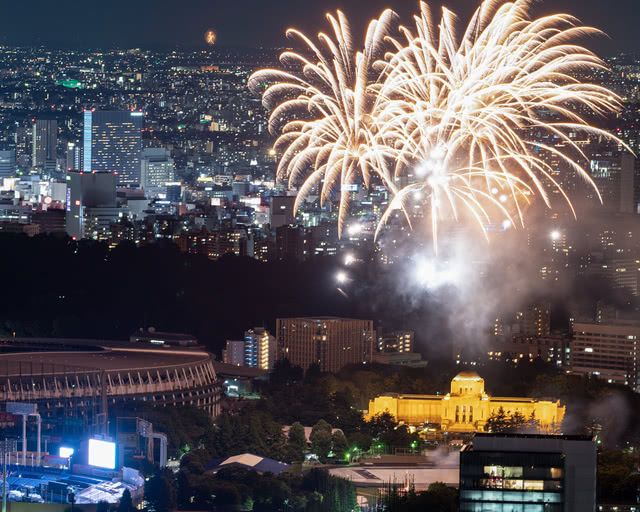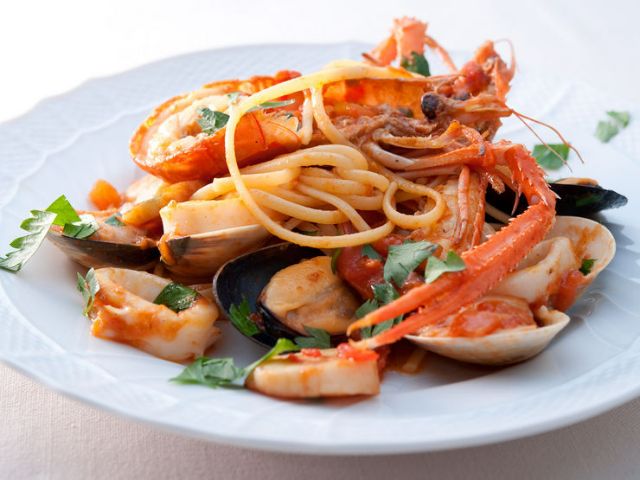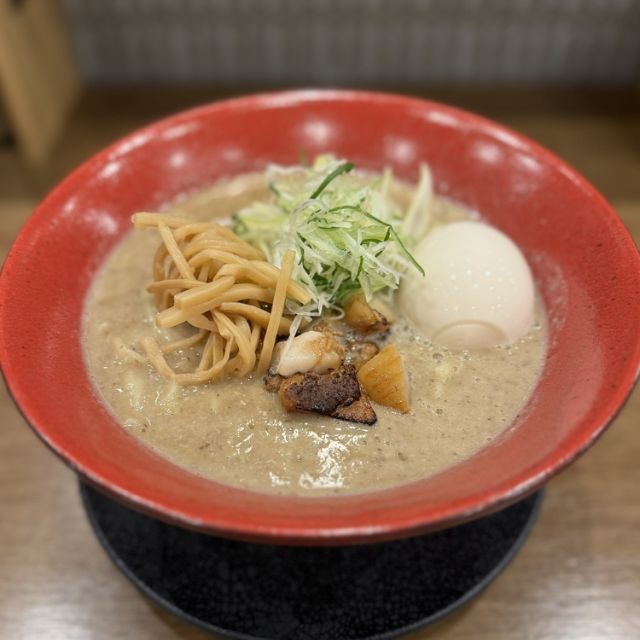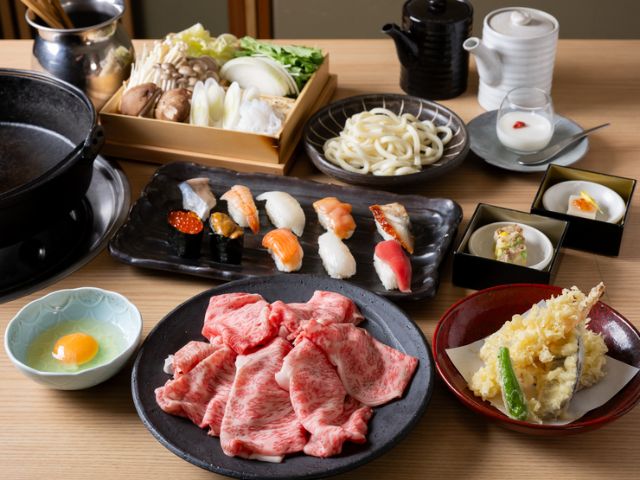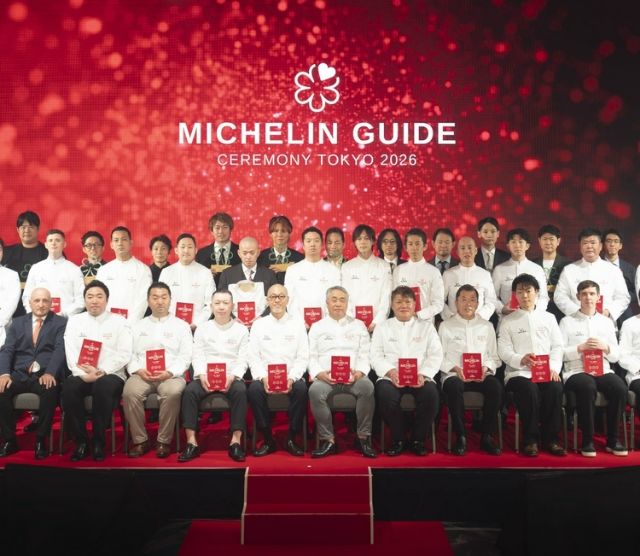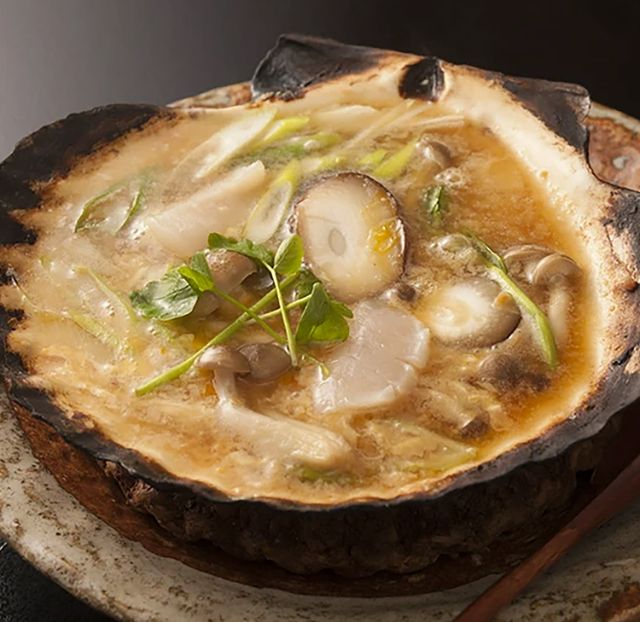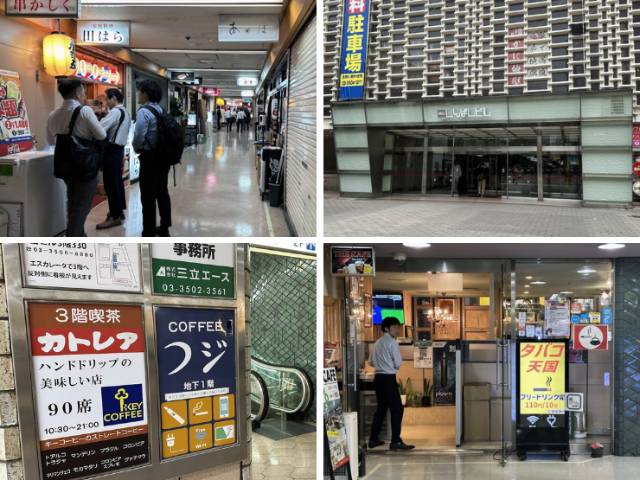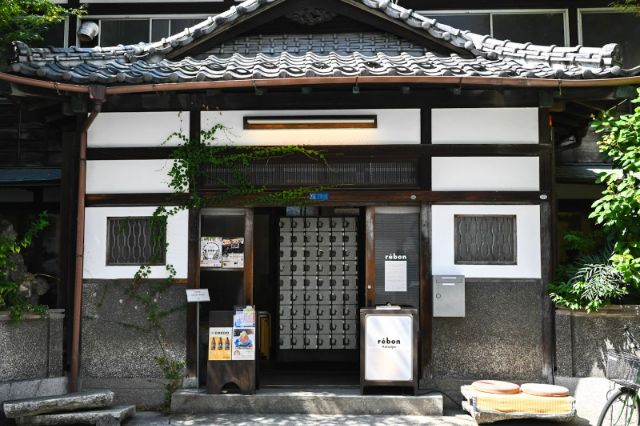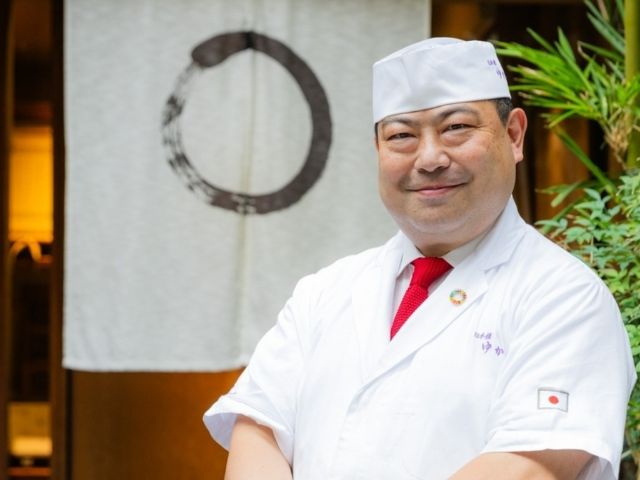The Sumida River Fireworks Festival - Lighting Up Tokyo Since 1733!
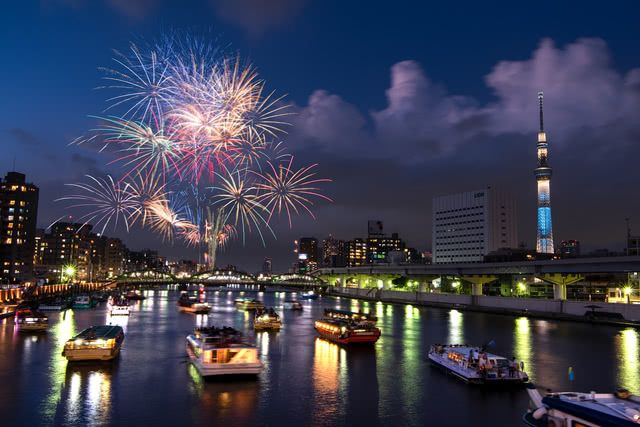
Sumida River Fireworks Festival: An Event Where About 20,000 Fireworks are Launched
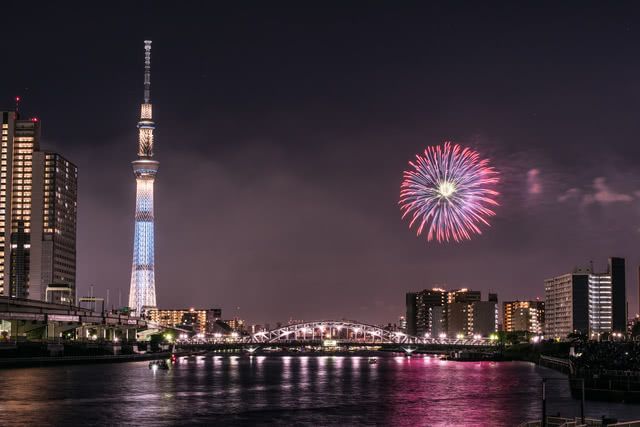
The fireworks are launched from two locations, with the first being 15 minutes on foot from Asakusa Station on the Tobu, Tokyo Metro, and Toei Subway lines, and the second just a 5-minute walk away from Asakusa Station on the Tobu, Tokyo Metro, and Toei Subway lines or Kuramae Station on the Toei Subway lines.
People are drawn to this event not only to witness the beauty of the colorful fireworks, but also to take part and experience the lively and merry vibe of the festival. Each year, approximately one million spectators congregate at this festival, which is also broadcast live on TV and other media formats.
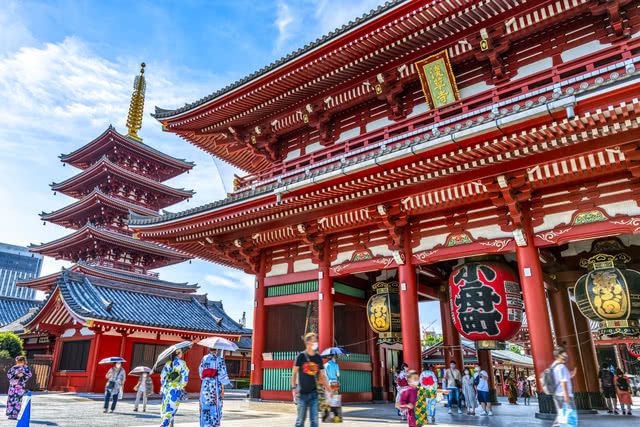
Considered the oldest fireworks display in Japan, this festival was first mounted in 1733 to commemorate the victims of the great famine and plague, and to pray for the end of the plague.
After several interruptions in the course of history, it was revived in 1978 as the Sumida River Fireworks Festival and continues to be held annually to this day.
The festival venues are located near Sensoji Temple, a popular tourist spot in Tokyo, and is easily accessible by train from Tokyo Skytree.
On the day of the festival, you may also want to explore the area before watching the fireworks at night.
Recommended Viewing Spots
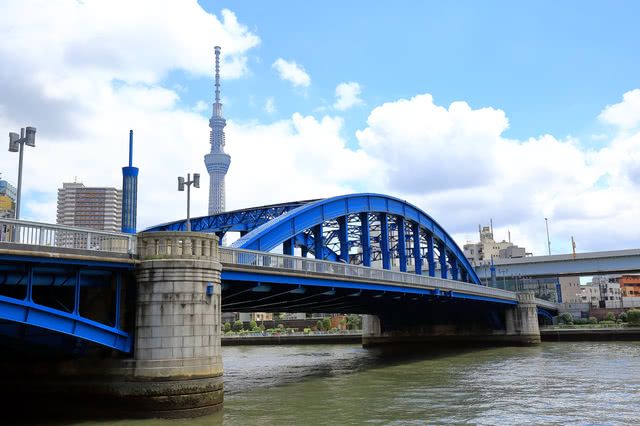
The areas around the launch sites will be very crowded, so spectators are not allowed to sit or stand still in one place. So try to watch the fireworks while walking between the two sites.
While the fireworks from the above two venues can be seen from Azuma Bridge and Komagata Bridge across the Sumida River, these bridges will be restricted to one-way traffic on the day of the festival. The best thing to do is to check the information for the year's event and plot the walking route you will take.
There is another delightful way that you can see the fireworks: hop aboard a yakatabune (a Japanese-style boat with a roof and tatami mat flooring) plying the river.
Note that the yakatabune must be booked in advance with the boat operator.
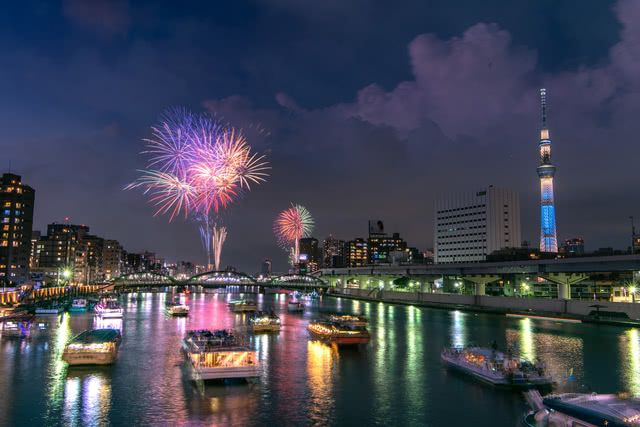
The Sumida River Fireworks Festival enforces restrictions on safety distance, so the largest firework shell that can be used is the No. 5 shell, which is quite small. Hence, competing at the event requires advanced skills in creating fireworks.
It's guaranteed to be a great show, though, as the best pyrotechnicians in Japan will be launching their most innovative and colorful fireworks!
Must-Visit Restaurants After the Fireworks Show
Well, here are some restaurants in the Ginza area that you can easily reach by train from Asakusa and Kuramae Stations, which are the closest stations to the festival venue!
It takes about 18 minutes from Asakusa Station to get to Ginza Station on the Tokyo Metro Ginza Line. If you are going to Ginza Station from Kuramae Station, take the Toei Asakusa Line to Nihonbashi Station and then transfer to the Tokyo Metro Ginza Line, which will take about 16 minutes.
Ginza Shabutsu Yoshinosasa Ginza Branch (Ginza / Shabu-Shabu, Sukiyaki)
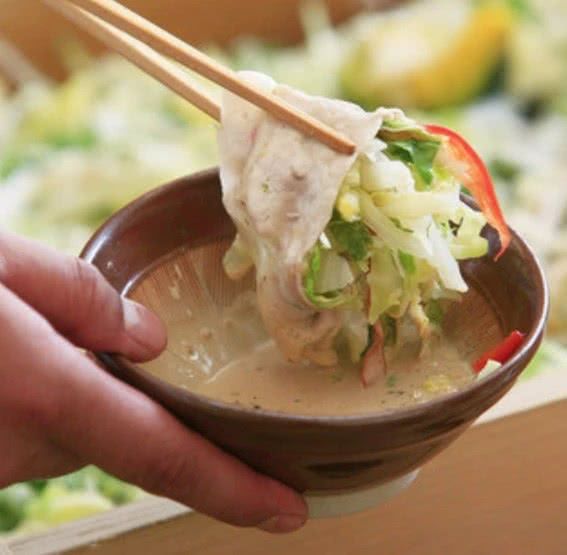
Their specialty is the rare [Steamed Shabu], a dish of meat and vegetables cooked in a bamboo steamer. The [Seiro Mushi Izutsu] (6,500 JPY) lets you enjoy seasonal vegetables steamed together with wagyu (Japanese beef) and branded pork. Be sure to dip the ingredients in ponzu (Japanese sauce made from citrus juice and soy sauce) or sesame sauce for an extra kick of flavor.
The sesame sauce is a secret recipe of [Ginza Shabutsu], which has been operating for 46 years in Ginza, a neighborhood known for its abundance of famous restaurants. It is made with more than 20 spices to enhance the flavors of the vegetables and meats.
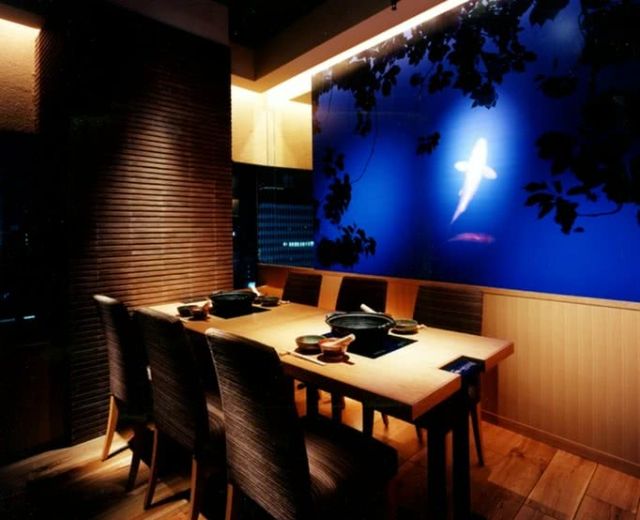
Inside, the restaurant exudes a sophisticated, urban vibe. There are also small private rooms that can fit up to 6 people, perfect to dine in your own space.
Ginza Shabutsu Yoshinosasa Ginza Branch
Closed: None
Average price: [Dinner] 6,500 JPY / [Lunch] 1,500 JPY
Access: 4-minute walk from Exit C8 on Ginza Subway Station, 3-minute walk from Central Exit on JR Yurakucho Station
Address: 1-12F, Marronnier Gate, 2-2-14, Ginza, Chuo-ku, Tokyo Map
More Details Reservation
Sabatini di Firenze Tokyo Branch (Ginza / Italian Cuisine)
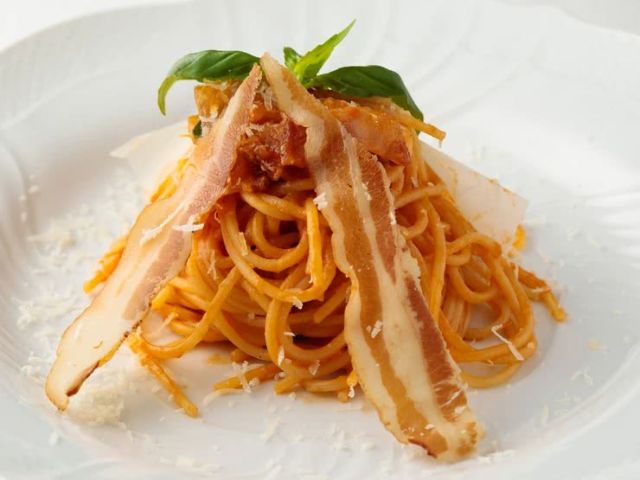
Guests also love their well-stocked cart that offers pasta prepared right before your eyes, and a selection of desserts. The [Spaghetti Sabatini] (3,500 JPY) is made with a rich tomato sauce mixed with Tuscan pancetta that smells of spices, flavorful freshly shaved parmesan cheese, and egg yolk, and then tossed with the pasta right in front of you!
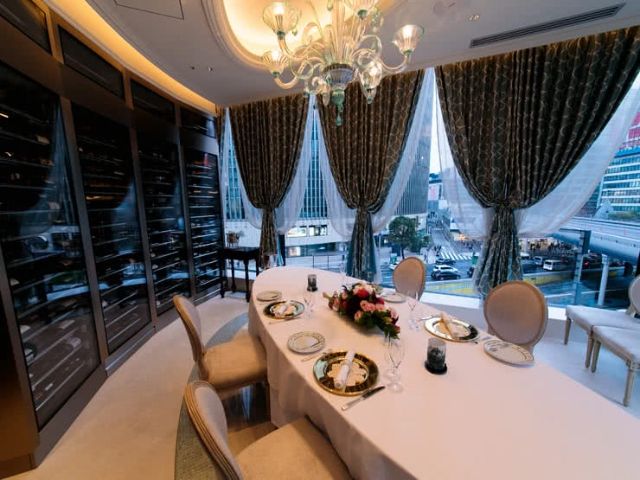
There are also two private rooms of different styles that you can choose according to the occasion and the number of people in your group.
Sabatini di Firenze Tokyo Branch
Closed: None
Average price: [Dinner] 20,000 JPY / [Lunch] 9,000 JPY
Access: 1-minute walk from subway Ginza Station, 3-minute walk from the central exit of Yurakucho Station on the JR/Yurakucho Line, 207m from Hibiya Station on each line
Address: 3F, Hulic Square Tokyo, 2-2-3, Yurakucho, Chiyoda-ku, Tokyo Map
More Details Reservation
Disclaimer: All information is accurate at time of publication.
Thank you for reading our article.
Our goal is to take your culinary journey to the next level by helping you find the best restaurant. With SAVOR JAPAN, you can search and make reservations for
the French restaurants found in and around Tokyo that fill your needs.
Discover more French restaurants by area
- Tokyo Area
- Near Tokyo
- Kyoto and Osaka Area
- Hokkaido Area
- Northern Honshu (Tohoku)
- Central Honshu (Chubu)
- Western Honshu (Chugoku)
- Shikoku
- Kyushu
- Okinawa and Ryukyu Islands
Discover more restaurants to eat Italian/French Cuisine by area
Related Articles
New Articles
Categories
Cuisine
- Bars (23)
-
Japanese Cuisine (668)
- Kaiseki (44)
- Nabe (19)
- Okonomiyaki (21)
- Shabu Shabu (36)
- Soba (17)
- Sushi (135)
- Tempura (18)
- Teppanyaki (46)
- Shojin Ryori (2)
- Tonkatsu (10)
- Kushiyaki (10)
- Yakitori (43)
- Sukiyaki (34)
- Japanese Cuisine (341)
- Oyster (2)
- Sashimi/ Seafood (19)
- Unagi (eel) (30)
- Motsu Nabe (offal hotpot) (6)
- Mizutaki (chicken hot pot) (3)
- Oden (6)
- Kaisendon (seafood bowl) (8)
- Udon (2)
- Taverns(Izakaya) Cuisine (119)
- Western Cuisine (41)
- Italian/French Cuisine (95)
- Yakiniku/Steak (224)
- Chinese Cuisine (25)
- Ramen (Noodles) Cuisine (25)
- Cafe/Sweets (59)
- Other Asian Cuisine (5)
- Global/International Cuisine (7)
- Alcohol (46)
- Other (10)
Area
- Shikoku (10)
- Kyoto and Osaka (344)
-
Tokyo (457)
- Tokyo (284)
- Ginza (43)
- Roppongi (22)
- Shibuya (24)
- Shinjuku (47)
- Asakusa (20)
- Ebisu (11)
- Tsukiji (10)
- Tokyo Landmarks (4)
- Ueno (23)
- Akihabara (9)
- Ikebukuro (12)
- Jiyugaoka, Denenchofu, Nakameguro (9)
- Shimokitazawa (4)
- Kichijoji (3)
- Tachikawa (1)
- Omotesando, Harajuku, Aoyama (17)
- Akabane (1)
- Kagurazaka (4)
- Akasaka (10)
- Odaiba (1)
- Tsukishima, Harumi, Toyosu (3)
- Near Tokyo (100)
- Okinawa and Ryukyu Islands (58)
- Hokkaido (123)
- Northern Honshu (Tohoku) (31)
- Central Honshu (Chubu) (142)
- Western Honshu (Chugoku) (32)
- Kyushu (92)
Archives
- November 2025(2)
- October 2025(3)
- September 2025(6)
- August 2025(11)
- July 2025(19)
- June 2025(18)
- May 2025(34)
- April 2025(43)
- March 2025(30)
- February 2025(36)
- January 2025(26)
- December 2024(69)
- November 2024(31)
- October 2024(15)
- September 2024(39)
- August 2024(65)
- July 2024(31)
- June 2024(54)
- May 2024(61)
- April 2024(28)
- March 2024(31)
- February 2024(42)
- January 2024(32)
- December 2023(20)
- November 2023(5)
- October 2023(11)
- September 2023(7)
- August 2023(18)
- July 2023(8)
- June 2023(8)
- May 2023(18)
- April 2023(15)
- March 2023(1)
- January 2023(1)
- April 2022(2)
- March 2022(2)
- February 2022(1)
- January 2022(1)
- July 2021(1)
- March 2021(1)
- February 2021(1)
- December 2020(1)
- October 2020(1)
- September 2020(2)
- August 2020(10)
- July 2020(6)
- June 2020(9)
- May 2020(11)
- April 2020(8)
- March 2020(8)
- February 2020(13)
- January 2020(9)
- December 2019(24)
- November 2019(8)
- August 2019(14)
- July 2019(15)
- June 2019(18)
- May 2019(17)
- April 2019(16)
- March 2019(22)
- February 2019(22)
- January 2019(26)
- December 2018(34)
- November 2018(40)
- October 2018(32)
- September 2018(11)
- August 2018(8)
- July 2018(6)
- June 2018(9)
- May 2018(10)
- April 2018(21)
- March 2018(74)
- February 2018(39)
- January 2018(26)
- December 2017(60)
Keywords
- Omakase
- Accessible
- Affordable
- All-You-Can-Eat
- Amazing Scenery
- anime
- Art
- Autumn
- Awards
- Beer Gardens
- Breakfast
- Chef Recommendations
- Cherry Blossoms
- Chinese
- Close To Station
- Condiments
- Counter
- Coupon
- Crab
- Culture
- Dassai
- Dates
- delivery
- Early Summer
- Editor's Recommendation
- English Available
- Event
- Expo
- Fall Leaves
- Family-Friendly
- Famous Restaurant
- Famous Tourist Spot
- Fast Food
- festival
- fireworks
- Flower Farm
- Free Wi-Fi
- French
- Great Location
- Guide
- Hibachi
- hotpot
- How To
- hydrangea
- Hygiene
- Illumination
- Italian
- Izakaya
- Japanese
- Japanese alcohol
- jingisukan
- Kaiseki
- Kappo
- Kushiage
- Kushikatsu
- Kyoto
- Late-Night
- Lunch
- Manners
- matsusakagyu
- Michelin
- mizutaki
- Model Course
- monjayaki
- motsunabe
- Mt.Fuji
- Multilingual Menus
- Nabe
- Narita Airport
- New Year
- Ninja
- Noodle
- Oden
- Okonomiyaki
- omotenashi
- Onsen
- Osaka
- Osaka Station
- Photogenic Site
- pizza
- PR
- Private Room
- Ramen
- ranking
- Recipe
- Regional Cuisine
- Resort
- Rice Bowl Dish (Donburi)
- sacred places
- Sake
- Sakura
- Sashimi
- sea urchin
- Setouchi Area
- Shabu Shabu
- sightseeing
- Signature Dish
- Soba
- Solo Diners Welcomed
- Spicy Food
- Spring
- Steak
- Summer
- Sunflower
- Sushi
- Takashimaya
- takeout
- Teppanyaki
- Terrace Seating
- Tokyo
- Tokyo Experiences
- Tokyo Skytree
- Tokyo Tower
- unagi
- UNESCO
- Vegan
- Vegetarian
- Wagyu
- What Popular Gourmet Sites Recommend
- Whisky
- Wine Bar
- Winter
- Wisteria
- Workshop
- World Heritage Site
- World Writers
- Yakiniku
- Yoshoku
- Yuba
- Zen
Discover Restaurants By Area
-

Tokyo Area
Japan's largest city, Tokyo, is the center of culinary culture in Japan. Countless Tokyo restaurants serve every kind of food imaginable and the Toyosu fish market keeps restaurants stocked with the nation's finest fish.
-

Near Tokyo
Coastal areas, mountains and valleys surrounding Tokyo are bursting with tourist destinations, such as hot springs and ski slopes, where many unique foods are only available locally.
-

Kyoto and Osaka Area
The cities of Kyoto and Osaka, together with their surrounding areas, have greatly influenced Japan's culinary culture since the 7th Century. The region is renowned for its entertainment, Kobe beef, and wide-ranging traditional dishes.
-

Hokkaido Area
The island of Hokkaido is home to wide-ranging produce of the finest quality, such as rice, meat, vegetables, fish and fruit. Popular dishes from Hokkaido include robatayaki (food slowly roasted on skewers) and Sapporo miso ramen.
-

Northern Honshu (Tohoku)
The northern end of Japan's main island, Honshu, is renowned for its seasonal fruit and vegetables, nation-leading harvest of fish (especially tuna from Ohma), and delicious beef from Yonezawa, Sendai and Yamagata.
-

Central Honshu (Chubu)
Chubu is in the center of Japan's main island, Honshu, and its culinary culture reflects its position between Japan's western and eastern halves. Delicious Hida beef, world-famous Mount Fuji and many acclaimed sake breweries are in Chubu.
-

Western Honshu (Chugoku)
Chugoku, on the southwest of Japan's main island, is rich with diverse produce. Many of its products are praised as Japan's best, including Matsuba crabs from Tottori and oysters from Hiroshima. Its pears and muscats are also top grade.
-

Shikoku
The mild climate of Shikoku is ideal for growing citrus fruit such as sudachi. Shikoku is also famous for Sanuki udon noodles, huge yields of tiger prawn from Ehime Prefecture and the best torafugu (tiger globefish) in the country.
-

Kyushu
Western culture was first introduced to Japan through Kyushu, Japan's third largest island, where the influence of Portuguese and other western cuisine influenced the creation of a colorful culinary tradition.
-

Okinawa and Ryukyu Islands
Okinawa, Japan’s southernmost prefecture, is a treasure trove of distinctive dishes and drinks that have become popular throughout Japan, including Okinawa soba, unique sushi toppings and Awamori distilled liquor.
